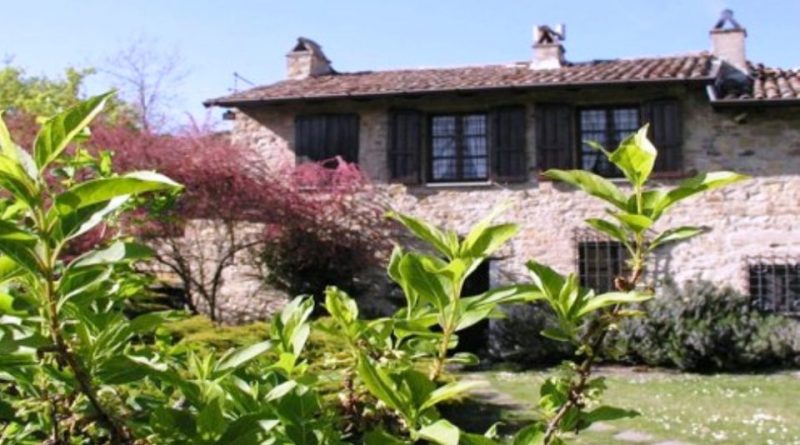Caplez Botanical Garden
Caplez Botanical Garden
The ‘Caplez’ Botanical Garden is a botanical garden located in Emilia Romagna, in the province of Piacenza, within the Cappelluzzo locality.
History –
The ‘Caplez’ Botanical Garden has been harmoniously structured by combining the combination of the scientific aspects related to the botanical collections with the aesthetic and landscape one.
This botanical garden was designed by the lawyer Massimo Cantoni, well-known Milanese professional, naturalist and great lover and expert in botany. Around the 1990s, the passion and enthusiasm of the founder was joined by that of the current Director Cristina Schindler who helped strengthen the structure of the garden.
The ‘Caplez’ Botanical Garden is a member of the BGCI, SBI and AIGBA and is in contact with over 350 Botanical Gardens around the world and annually publishes an Index Seminum.

Description –
The ‘Caplez’ Botanical Garden is located in the Emilia Romagna region and precisely in Piacentino, in the suburb of “Cappelluzzo” at 730 m. altitude between the hamlets of Tassara and Stadera in the Val Tidone.
This botanical garden is easily accessible both from the Piacentino (Nibbiano) and from the Pavese (Santa Maria della Versa) sides.
The ‘Caplez’ Botanical Garden has an extension of 15,000 square meters. and insists on a calcareous soil. Work on the construction of the garden began in 1990 and opened to the public in spring 2010.
Structures and Collections –
The ‘Caplez’ Botanical Garden is equipped with important botanical collections. In an area of 11,000 square meters. around 1,800 species and varieties of plants from all over the world are grown. Two collections of shrubs are of particular interest: Philadelphus and Spiraea. Furthermore, numerous perennial herbaceous plants are cultivated including: Campanula, Centaurea, Eryngium, Nepeta, Penstemon, Phlomis, Potentilla, Salvia, Scutellaria, Sedum, Stachys, Teucrium, Verbascum. Care and passion is dedicated to endemic and endangered plants.
Guido Bissanti

